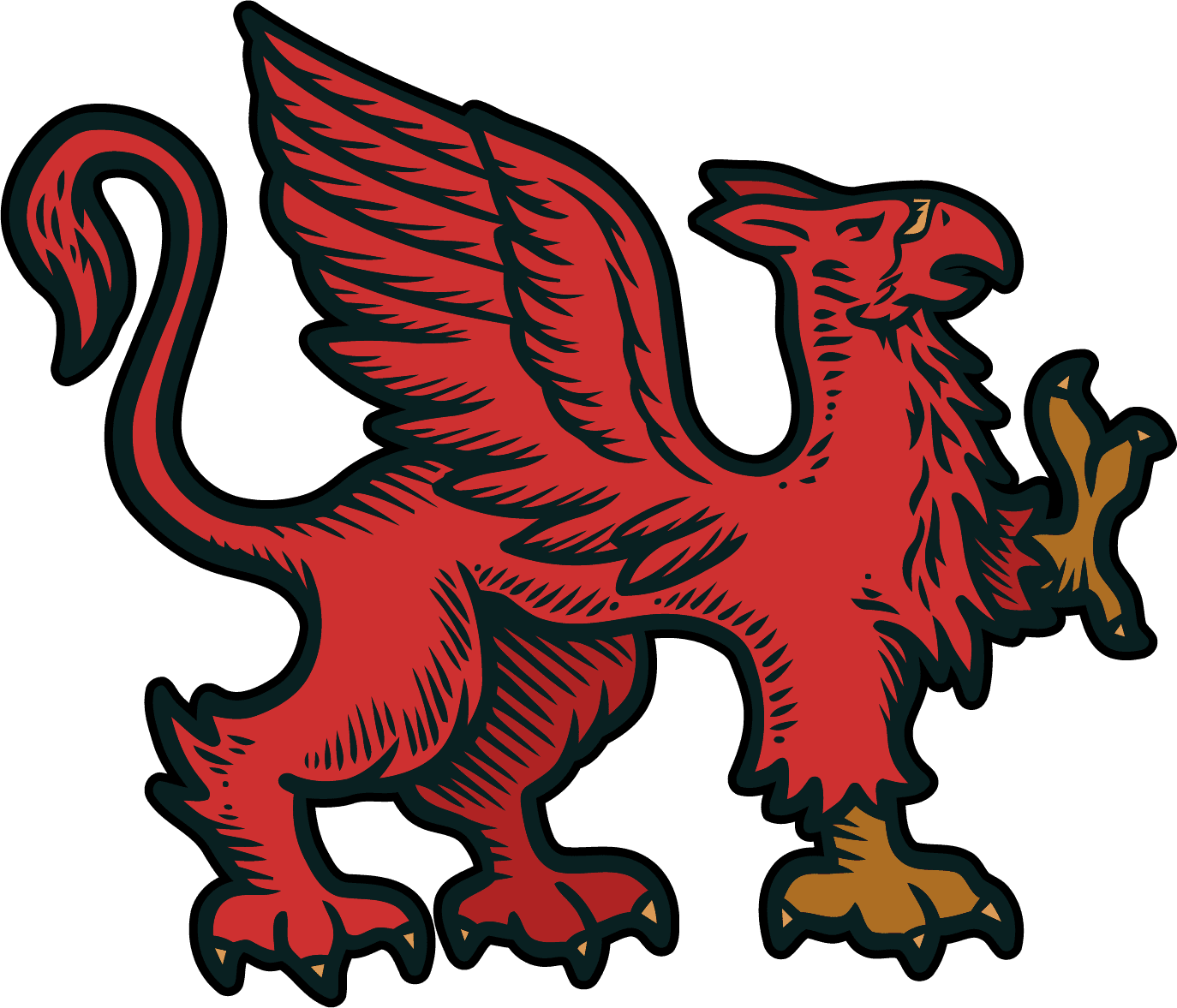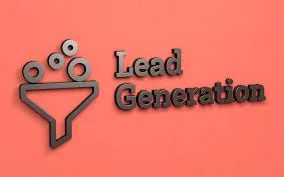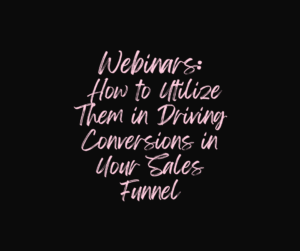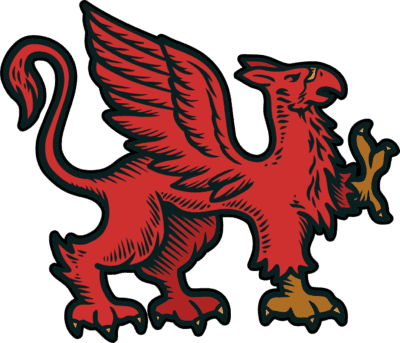Analyzing Metrics: Key Performance Indicators (KPIs) for Sales Funnels
Understanding and analyzing key performance indicators (KPIs) is crucial for optimizing and improving the effectiveness of sales funnels. These metrics provide valuable insights into the performance at different stages of the funnel, enabling businesses to make informed decisions and drive better results. In this guide, we’ll delve into the essential KPIs for sales funnels and how to use them to enhance performance.

Why Analyzing KPIs in Sales Funnels Matters
KPIs serve as benchmarks that measure the success and effectiveness of a sales funnel. They provide actionable data that helps businesses identify strengths, weaknesses, and areas for improvement. Analyzing KPIs allows for:
- Performance Evaluation: Assessing how well the funnel is performing at each stage, identifying bottlenecks, and optimizing for better results.
- Data-Driven Decisions: Making informed decisions based on real-time data rather than assumptions or intuition.
- Continuous Improvement: Identifying trends and patterns to make iterative improvements for increased conversions and revenue.
Essential Key Performance Indicators (KPIs) for Sales Funnels
1. Traffic Sources and Volume:
Understanding where your traffic comes from and the volume it generates is crucial. Track sources such as organic search, paid ads, referrals, and social media to assess their effectiveness.
2. Conversion Rate:
The percentage of visitors who take the desired action, such as signing up, making a purchase, or completing a form. This metric helps gauge the funnel’s effectiveness in converting leads.
3. Bounce Rate:
The percentage of visitors who navigate away from the site after viewing only one page. A high bounce rate may indicate issues with landing pages or content relevance.
4. Click-Through Rate (CTR):
The ratio of users who click on a specific link to the number of total users who view a page, email, or advertisement. CTR indicates the effectiveness of CTAs and messaging.
5. Average Order Value (AOV):
The average amount spent by customers in a single transaction. Monitoring AOV helps in strategizing upselling or cross-selling opportunities.
6. Customer Acquisition Cost (CAC):
The cost incurred to acquire a new customer. Calculating CAC helps in assessing the efficiency of marketing and sales efforts.
7. Customer Lifetime Value (CLV):
The total revenue generated from a customer over their entire relationship with a business. CLV helps in understanding the long-term value of customers.
Using KPIs to Optimize Sales Funnels
1. Set Clear Goals:
Establish specific, measurable goals for each stage of the funnel. Define what success looks like and align KPIs accordingly.
2. Utilize Analytics Tools for KPIs:
Leverage tools like Google Analytics, CRM systems, or specialized funnel tracking software to collect and analyze relevant data.
3. Segment Data:
Segment KPIs based on different factors like demographics, traffic sources, or device types to gain deeper insights into user behavior.
4. Regular Monitoring and Analysis:
Consistently monitor KPIs to identify trends, patterns, or anomalies. Regular analysis helps in spotting areas that need attention.
5. Test and Iterate KPIs:
Use KPI insights to run A/B tests, experiment with different strategies, and continuously optimize the funnel for better performance.
Conclusion
Analyzing key performance indicators (KPIs) is fundamental to the success of a sales funnel. These metrics offer valuable insights into user behavior, conversion rates, and overall funnel performance. By setting clear goals, leveraging analytics tools, and regularly monitoring KPIs, businesses can make data-driven decisions to optimize their funnels for increased conversions and revenue.
Remember, the true power of KPIs lies not only in tracking them but in using the insights gained to iteratively improve and refine the sales funnel, ultimately driving sustainable growth and success.















